(photo: M.Neustadt)
As we come together tonight March 8th, we are 5 days away from marking one year since our lives were changed by the COVID-19 pandemic. March 13th, 2020 was the last day that many of us went to work, saw our co-workers and in some cases our clients or patients in person.
These milestones of anniversaries, birthdays and holidays provide a structure to our lives. They are markers that can move us to reflect on the past, root ourselves in the present, and turn our eyes to the future. There has no doubt been great suffering over the past year. Over the past month many of my clients in therapy have spoken about feeling the cumulative effects grief and loss. With the weight of loss, there can also be hope.
In reflecting on the past year, where and how do you find hope? How do you hold and see both the mud and the lotus? The practice of mindfulness is the practice of stopping and looking deeply. We stop to come back to our breath, our body, our heart. Stopping and settling, we can survey the landscape, feel the earth under our feet and listen to the needs of our body, heart and mind. From there we transform suffering into healing.
In an interview from 2013, Thich Nhat Hanh (Thay), talks about suffering and hope. The interviewer asks Thay how he managed not to lose hope given all of the suffering that Thay has seen in his life? Thay spoke about rebuilding houses that were repeatedly bombed in the Vietnam War.
SZ: But where did you get the strength to do that?
TNH: We try to transform suffering into something good. Even a lotus flower needs mud in order to grow. It can’t grow on marble. You have to recognize that there is a close connection between suffering and happiness. If you run away from suffering, you cannot find happiness. On the contrary, we should try to identify the roots of our suffering. Only then can we gain understanding and cultivate compassion.
SZ: Today you invite Westerners to your monasteries in order to spread these teachings. What exactly do you do there?
TNH: You do not need to be a Buddhist in order to apply our practice. We call it mindfulness. This is the art of living in the present moment, a kind of energy you can create. Mindfulness helps people to release tension and sorrow and to enjoy their lives more. They learn how to deal with their suffering, their anger, their confusion.
This Monday night we will practice stopping and looking deeply together. As we approach Spring, a time of more light and outward energy, we can pause to reflect on the past, ground in the present and turn our eyes to the future.
Reflections:
What Lotus has grown for you out of the Mud this past year ?
How does your mindfulness practice affect your sense of hope?
How would you like to engage in turning inward and outward into Spring?

